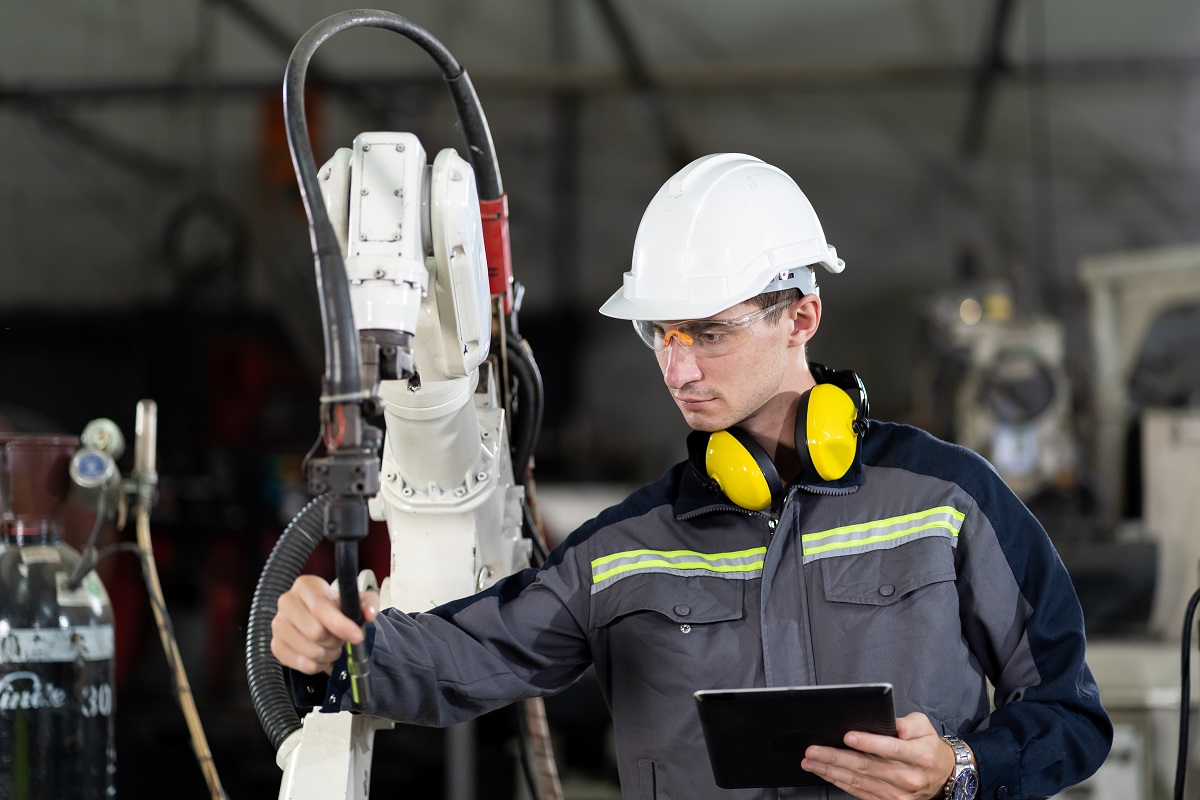- Automation replaces manual labor in manufacturing, resulting in cost savings and increased productivity.
- Automated machines offer improved quality control, health and safety benefits, and technological advancements.
- One must understand robotics and research automation vendors to take advantage of automation.
- Training employees to operate and maintain the machines is also essential, as is regular maintenance to reduce costs.
- Ultimately, embracing automation in manufacturing can be a wise investment for any manufacturer looking to stay competitive.
The manufacturing industry is transforming with the advent of automation and robot technology. The days of manual labor and assembly line workers are slowly ending. In today’s modern age, there is a growing demand for machines or robots that can work faster, better, and cheaper.
Manufacturers are moving towards automation to improve productivity, reduce costs, and stay competitive. Here’s a look into the current shift to automation in manufacturing and how you can take advantage of it.
The Current State of the Manufacturing Industry
The manufacturing industry in the U.S. is one of the biggest in the world. It’s estimated that the industry is worth around $2.3 trillion, hiring around 12.5 million workers in 2017 alone.
Despite the industry’s current state, it’s becoming increasingly clear that automation is slowly taking over manual labor processes. Over the past decade, research from Oxford Economics has projected that 87% of jobs lost in manufacturing were due to automation and robotics replacing human labor. Here’s why it’s shifting towards automation today.
Cost Reductions

One of the primary reasons for the rise of automatons in the manufacturing industry is cost reductions. Automated machines can work round-the-clock without stopping for breaks, lunch, or rest. They don’t require overtime payments, healthcare, or other benefits. Automatons also reduce production time as they can quickly complete repetitive tasks that may take hours for a human worker to complete. The initial investment cost may be high, but the long-term benefits include cost savings, faster production, and increased efficiency.
Improved Quality Control
Automated machines are programmed to repeat the same task repeatedly without any errors. They reduce the risks of mistakes or defects with human labor. Automatons have sensors and other technologies that can detect defects, reducing the cost of recalls or returns. This technology ensures that every product is of the same quality, thus increasing customer satisfaction.
Health and Safety
The manufacturing industry can be a dangerous working environment with the risk of injuries, especially in repetitive tasks. Automatons take over these dangerous tasks, thus reducing the risk of accidents and injuries. This technology improves safety in the workplace and promotes a healthy working environment for employees.
Increased Productivity
Automated machines can work faster and for longer hours without suffering fatigue, rest times, or breaks. This increases productivity by reducing the time needed to complete a job. Automatons can also achieve multiple tasks simultaneously, further increasing productivity.
Technological Advancements
With the ever-evolving technology available, the rise of automatons will continuously improve. Advances in artificial intelligence, robotics, and other innovative technologies can transform manufacturing processes into a whole new era. These innovations will increase productivity, improve quality, and reduce production costs.
How to Get Started
Now you know the benefits of automatons in the manufacturing industry, so how can you take advantage of it?
Understand Robotics

Before anything else, you need to understand how robotic automation works. This includes terms such as sensors, algorithms, and other related technologies. It’s also important to know different machines’ advantages and capabilities.
Research Automation Vendors
When looking for automated machines, it’s best to research vendors carefully. Read reviews or ask friends in the industry which vendor is the best choice. You should also compare prices and features to ensure you’re getting the most value for your money.
Train Your Employees
You’ll need to train your staff to operate and maintain the machines. It is essential to teach them about safety protocols, operational procedures, and troubleshooting techniques for smooth operations.
Maintain Your Automation
Robotics requires regular maintenance to ensure smooth operations. This includes checking for wear and tear, replacing parts that are worn out, and ensuring the machines are running at peak performance.
It’s also essential to reduce the overall cost of the parts you need to be replaced. Most robots utilize a pneumatic system, and these parts can be costly. Consider contacting local pneumatic air valve manufacturers to reduce your overall costs in these parts. They can also give you access to high-quality parts that will ensure your machines are always running smoothly.
The shift to automation in the manufacturing industry is becoming more and more prevalent as technology advances. Automated machines provide cost savings, improved quality control, and more. To take advantage of automated systems in the manufacturing industry, you need to understand robotics and be able to maintain them. Overall, it can be an excellent investment for any manufacturer looking to stay competitive.
